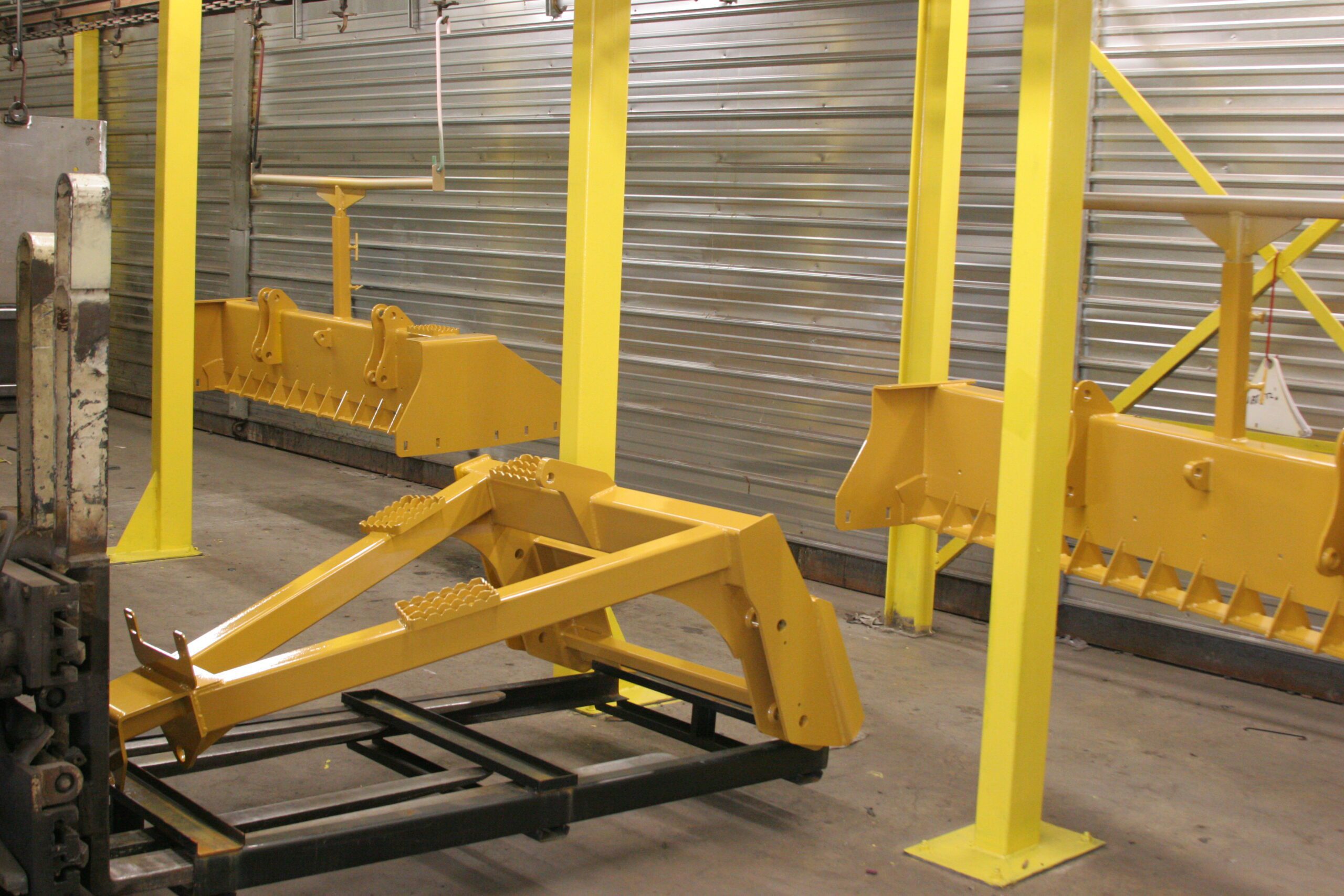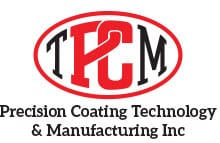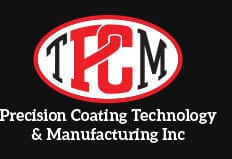How Much Thickness Does Powder Coating Add?

If you have dealt with equipment sticking or becoming less useful after using a thick layer of protective paint, you know how important even subtle changes in paint thickness can be. The thickness of your protective coatings can make a huge difference in the success and capabilities of your equipment.
This is why you should choose a powder coating expert who will keep your needs in mind and won’t simply use a one-size-fits-all technique when it comes to finishing your equipment. Powder coating is one of the most important techniques for protecting your machinery, but it requires knowledge and experience to perform correctly on the unique pieces you need protected. This is why companies across Pennsylvania and beyond trust Precision Coating Technology & Manufacturing! Contact us today to see the difference expertise can make.
How Much Thickness Does A Powder Coating Add
The exact thickness of your powder coating can vary depending on the techniques used, the specific coating involved, and the skill of your powder coating expert. A typical powder coating applied via electrostatic spray will provide a powder coating that is 2-5 Mils (thousandths of an inch), or 50-125 microns (thousandths of a millimeter) thick- about the same thickness as human hair.
This standard range of 2-5 Mils or 50-125 Microns is the thickness you can expect from a typical electrostatic spray coating. Some powder coating specialists can apply thicker or thinner coatings, depending on your needs – many factors could affect your powder coat thickness.
What Factors Affect Powder Coat Thickness?

Your powder coating service provider will do everything they can to show what you can expect from your powder coating. This explanation includes a breakdown of the many factors that might affect your powder coating thickness.
Application Method
The most common method of applying powder coating is electrostatic spray. An electrostatic spray gun applies a static charge to the powder coat particles, causing them to stick in a firm and even coat before curing. The flow rate and pressure can be adjusted to create a thicker or thinner coating.
An alternative method of applying powder coating is the fluidized bed dip, in which a container of powder coat has air forced through it, causing the powder to behave like a fluid. This method allows a thicker, more complete layer of the coating to adhere.
Particle Size and Powder Coat Type
A standard powder coating consists of ground resins and pigments blended into a mixture. The properties of both will affect the powder coating thickness:
- Particle Size: Smaller particles and more finely ground materials can create a smoother, thinner coating once baked or cured.
- Powder Type: Depending on the melting point of the resins involved, and how smoothly the melted resin flows, the resulting powder coat could be thicker, or more textured.
Materials such as Plastisol or PTFE can have much thicker layers of powder coat due to their unique chemical makeup.
Substrate Makeup
The underlying material, or substrate, that your powder coat is applied to can provide its own considerations:
- Surface Texture: A very smooth surface on your metal equipment might need a thinner coat for maximum effectiveness, while rougher surfaces have the friction necessary for thicker layers. Alternatively, a smooth surface might be sand-blasted with coarse particles to create a rougher surface for maximum powder coat adhesion.
- Thermal Conductivity: Steel is a low thermal conductivity material, meaning it takes longer to heat up and cool down – this could lead to a thicker coating due to longer bake times. Conversely, something like aluminum, with high thermal conductivity, will heat and cool faster, resulting in a thinner powder coating.
How is Powder Coat Thickness Measured?
Dry film thickness (DFT) gauges are usually used to check powder coatings. These tools use different techniques to measure the thickness of a powder coat, such as magnetic fields or sonic pulses:
- Magnetic Induction: Tools using magnetic induction generate a magnetic field that changes based on the distance from the metal substrate. This indicates the powder coat’s dry film thickness.
- Eddy Current: A pulsing magnetic field induces magnetic currents along the substrate – the strength of the magnetic currents indicates the coating thickness and can be interpreted into a DFT.
- Ultrasonic Pulse-Echo: A handheld sonar device can be used when a powder coating is applied to non-metallic surfaces. The time it takes for a sonic pulse to ‘echo’ within an item indicates the DFT.
These three tools are used extensively throughout the industry, maximizing the effectiveness and precision of your powder coating.
Get the Right Coating from Precision Coating Technology and Manufacturing!
Getting an exact thickness in your powder coat can be incredibly difficult. Still, it is a sign of professionalism and expertise – trust in a powder coating service that can adjust its coating process to meet your coat thickness needs and maximize your coating effectiveness.
Here at Precision Coating Technology and Manufacturing, we do the right pre-treatments, choose the right powders, optimize our application steps, and carefully cure our coats at the right temperature to provide you with the best possible results – call us today and enjoy the results of a powder coat that is exactly what you need.

